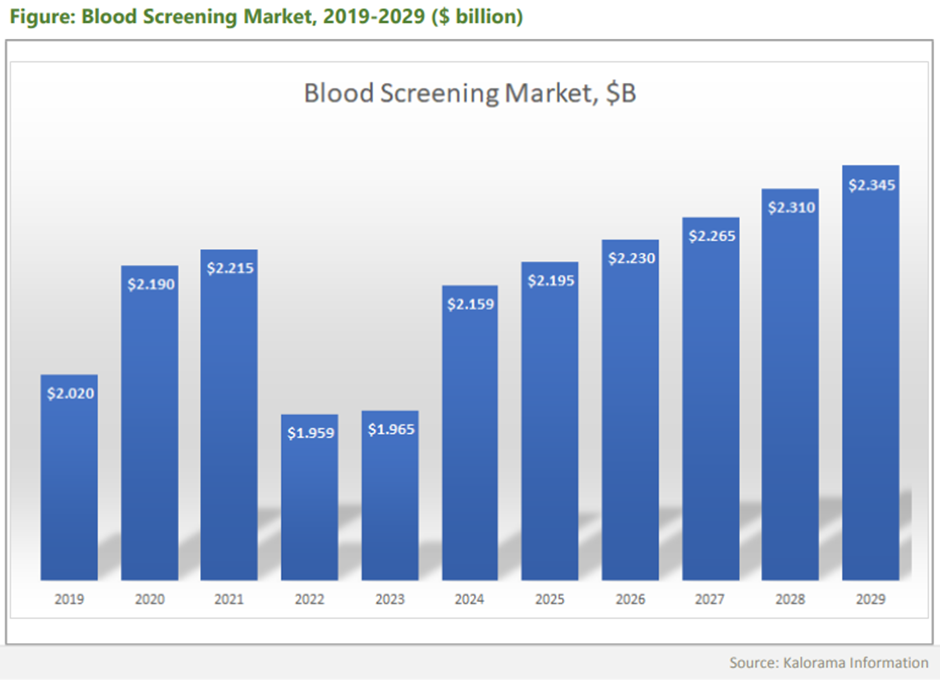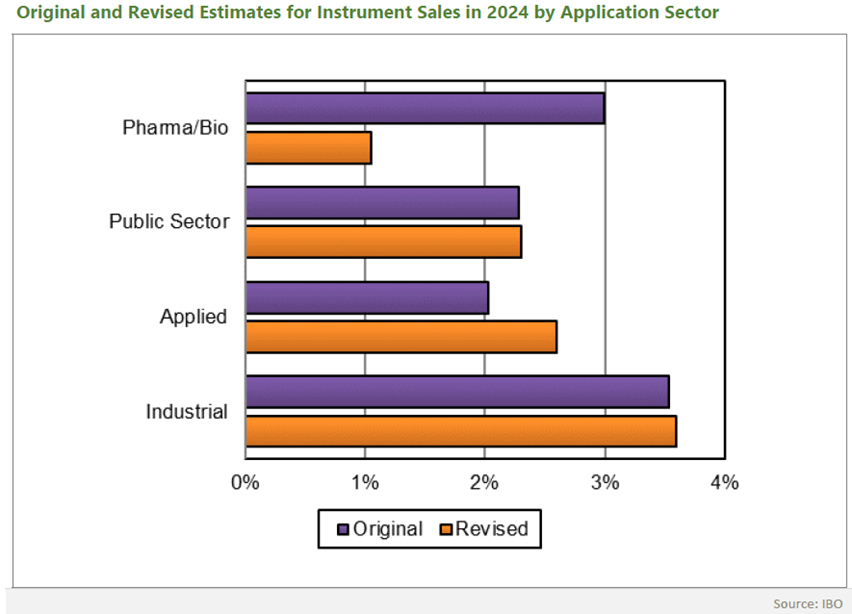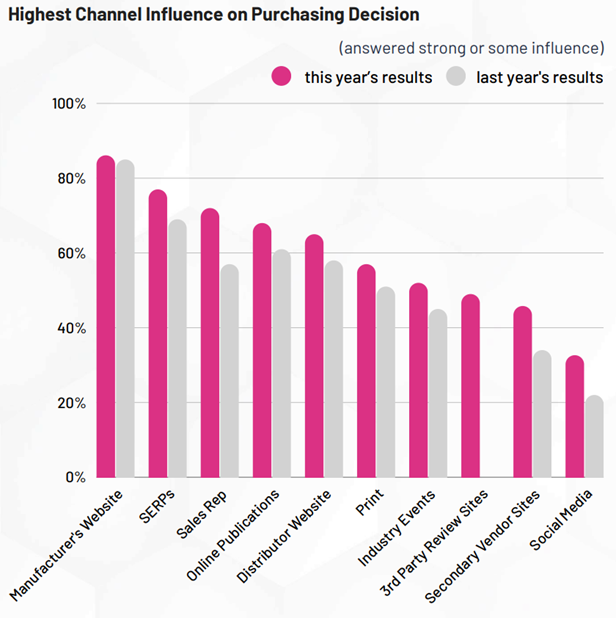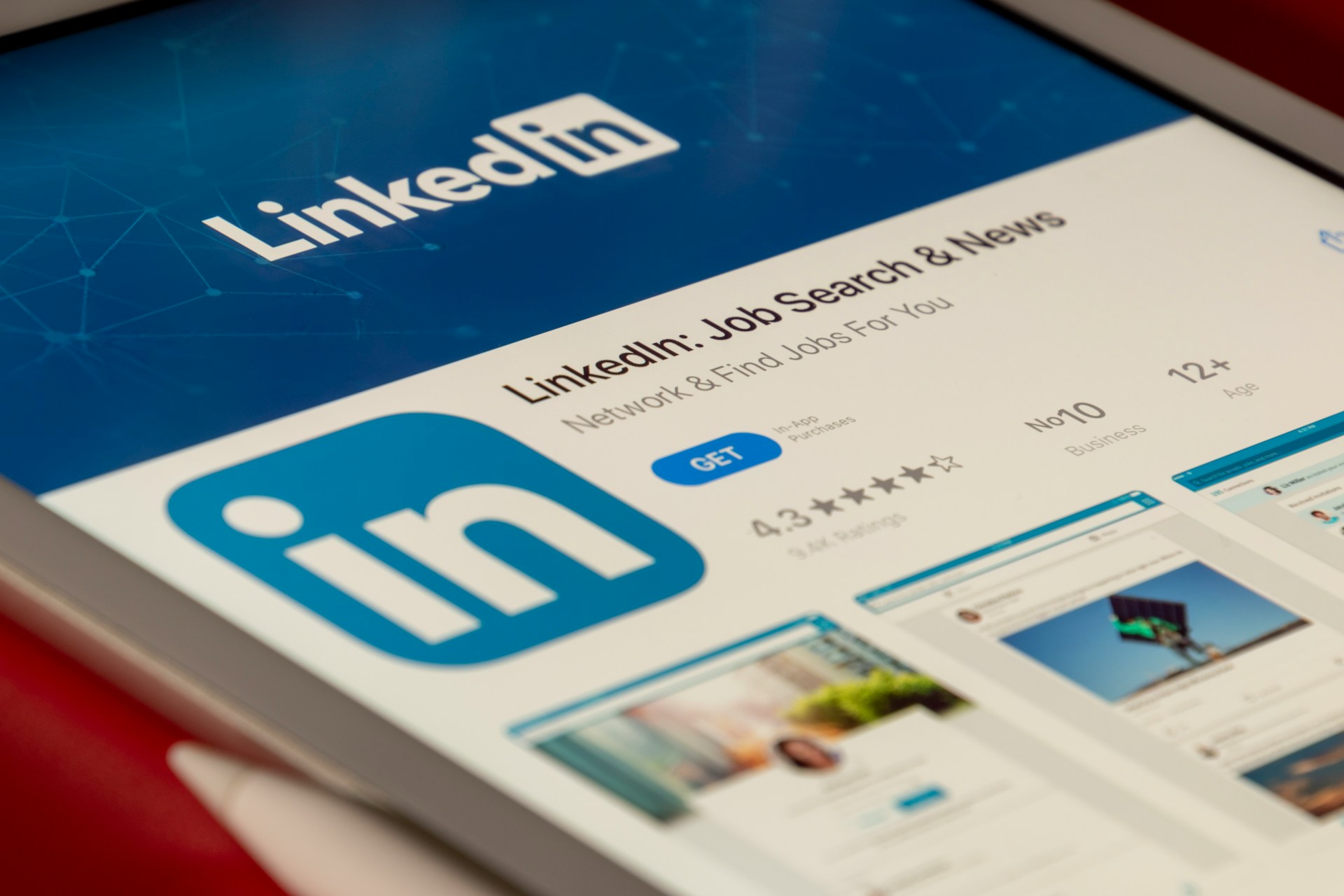What’s in store for b2b marketers in 2024? There is no denying that we’re already experiencing unprecedented changes to how we work and how we communicate with target audiences. And it’s not just generative AI that’s shaking things up.
B2b marketers are becoming ever more enabled by technology, data and insights and the lines between b2b and b2c communications are blurring, especially as the digital native millennials and Gen Zers move into positions with greater buying or influencing power. The key trends driving b2b marketing in 2024, in our opinion, will be:
1. Brand before demand
Recent research published by the b2b Institute, a think tank at LinkedIn, found that most b2b businesses fail to invest in brand marketing, with demand marketing, on average reaching 5 times as many people. But they also point to robust research showing that brand marketing can improve direct response performance by two to 10 times.
This echoes what we are seeing in the market, particularly among start-ups and SMEs – pressure on marketers to produce leads, with less value placed on brand development and the key role it plays in engaging and qualifying those leads. As savvy b2b marketers defend and promote the value of focused brand marketing – and collaborate with agencies to demonstrate ROI – company leaders will see that short-term demand generation is little more than a quick fix.
In fact, according to Marketo co-founder Jon Miller, lead-based marketing and account based marketing (ABM) are set to be replaced by a focus on Qualified Buying Groups – a collection of people within an organisation involved in the purchasing decision. Getting to know and targeting these groups as both individuals and a collective has a better chance of success than focusing just on individuals (leads) or entire organisations (as with ABM), he suggests.
2. Generative AI (of course)
Generative AI is going to change everything. There is no doubt. But when it comes to content, Forrester predicts that thinly customized generative AI content will degrade the purchase experience for 70% of b2b buyers.
This creates an immediate opportunity for marketers to create original content that is insight-driven and that answers their audience pain points – and reflects their brand’s value. This is only possible with detailed, accurate audience insights, deep domain and market expertise and (see point 1 above) a strong, confident brand.
3. Short form content
As our devices get flooded with more and more content (a big downside of generative AI – for now), b2b audiences, as in their b2c interactions, are looking for shorter, more engaging content. As TikTok, Instagram reels and YouTube shorts become ever more popular, so b2b brands should consider short, impactful formats to get their key messages across and – importantly – to build rapport with their buyers.
While we still see an important place for long-form whitepapers, eBooks and app notes – especially in technical and scientific markets – for much of the buyer journey, short-form content like video, infographics and short podcasts are set to have a greater impact on b2b audiences.
4. B2b or h2h?
The prevailing stereotype of b2b buyers as being rational and objective, not emotional? That’s old news. Successful b2b brands focus on building (at least) one key emotion among their audience – trust. Building trust through their branding, PR, digital communications, sales and customer service interactions generates sales and, probably more importantly, brand advocates.
Buyers are just people of course, and, while they may be one of many involved in buying a product or service, they enter into a relationship with a brand. It’s the brand’s responsibility to build and nurture that relationship and many succeed when they treat the relationship as human-to-human (h2h). But how can b2b marketers build this approach into their marketing workflows and campaigns? Here are our tips:
- Establish an authentic, personable brand voice that communicates information clearly and succinctly.
- Personalisation: blend automation with genuine personalisation; put tools in place that help you to get to know the contact individually and tailor any marketing message / content they receive accordingly.
- Use user generated content (UGC): people trust other people like them and so developing stories / videos based on other customers is an impactful technique – especially in scientific markets.
- Use social media – engage with your audience by asking and answering questions, sharing their content and posting engaging short-form branded content.
5. Bring email back
While some newer channels have attracted the most attention in b2b marketing recently, email remains one of the most effective. And, while most inboxes are flooded and recipients jaded, well timed and hyper-personalised emails can reap rich rewards.
Savvy b2b marketers are looking at ways to reduce or limit the amount of emails going to their contacts, as well as making them truly personalised and optimised for mobile (55% of emails are opened on mobiles).
Think human to human again. Proper integration between sales and marketing is key to achieving effective personalisation and maximising the effectiveness of email.
B2b is where it’s at!
With all of this in mind, we’re living and working in exciting times with the benefit of unprecedented technology, data and insight. B2b (or h2h) marketing professionals have a unique opportunity to stand out, deliver real value to their audiences and build lasting relationships. We’re here for it!
For help crafting, implementing, or evaluating your b2b marketing efforts, contact us via email or LinkedIn.






